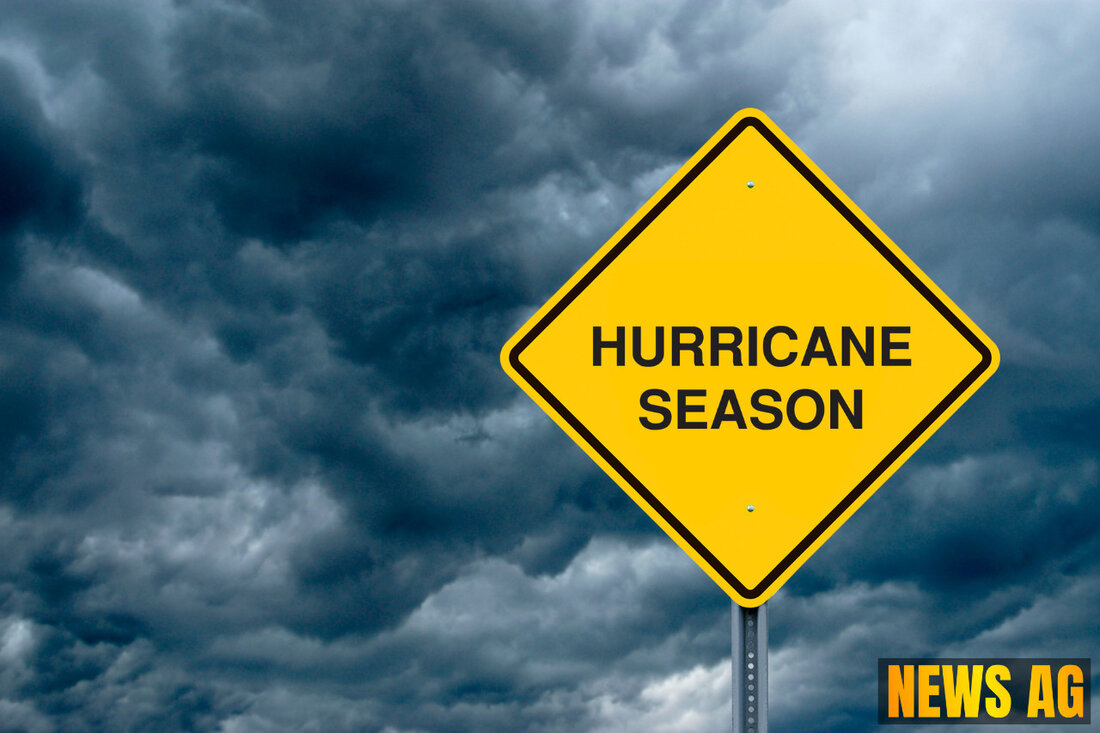Taylor County Braces for More Mayhem as Hurricanes Grow Stronger!

Taylor County, Florida, USA - In the heart of Taylor County, Florida, residents have been reeling from the intense impacts of hurricanes, a reality that has become all too familiar in recent years. Since 2023, the community has faced three major hurricanes: the notorious Idalia, as well as Debby and Helene in 2024. Taylor County Commissioner Thomas Demps has been on the front lines, witnessing firsthand the lingering effects these storms inflict on homes and lives. It’s not merely about the immediate cleanup; the damage these hurricanes leave can alter communities permanently. As The Cool Down reports, the storms have claimed over 250 lives and led to approximately $300 billion in damages across the U.S., painting a stark picture of the unfolding disaster.
This year promises a similarly active hurricane season, with the National Oceanic and Atmospheric Administration (NOAA) forecasting up to 17 named storms. As ocean waters warm—a trend closely tied to climate change—the intensity of these storms is expected to rise, bringing with them more destructive storm surges that pose a significant threat to coastal communities.
The Local Impact of Climate Change
Residents like Ann Hodges are increasingly aware of the influence climate change has on their weather patterns and the severity of storms. The devastation wrought by Hurricane Helene is a case in point; around 90% of homes in Keaton Beach were destroyed, with damages exceeding $50 million. Businessman Jared Hunt is among those facing arduous rebuilding challenges after losing both his home and business to Helene. He is currently using semi-trailers as temporary living spaces while grappling with insurance claims and reconstruction efforts.
While the local toll is devastating, the broader implications are even more daunting. According to Ebsco, climate change has steadily strengthened hurricanes, resulting in increased property damage and loss of life. Notably, between 2017 and 2024, the U.S. witnessed nine Category 4 or 5 hurricanes, including the catastrophic Hurricane Ian, which made landfall in September 2022 and left at least 144 dead and almost $113 billion in damages in its wake. This trend is expected to continue, with predictions suggesting that without significant reductions in greenhouse gas emissions, hurricanes could become even more powerful and destructive in the coming decades.
Preparing for the Future
The increased frequency of hurricanes complicates preparedness efforts. As reported by NPR, Hurricane Milton is on the horizon, threatening areas recently affected by Helene. What’s alarming is that, although there have been fewer hurricanes than initially expected this year, the ones that have made landfall are significantly alarming in their intensity. Rising sea levels and unusually high ocean temperatures—around 80°F—are exacerbating the risks, facilitating rapid storm intensification that challenges community responses. The heavy rain accompanying these storms further increases flooding risks, stressing infrastructure and resources.
As Taylor County grapples with the aftermath of these hurricanes, the lessons are clear. There’s a pressing need for communities to boost their resilience against such natural disasters. This can include investment in improved building standards, preserving vital wetlands, and ensuring infrastructure can withstand rising seas and surges. Only through cooperative efforts can communities like Taylor County begin to navigate these turbulent waters. The hope is that by actively engaging with these challenges, residents can not only rebuild but also strengthen their communities for the future.
| Details | |
|---|---|
| Ort | Taylor County, Florida, USA |
| Quellen | |
